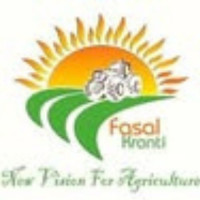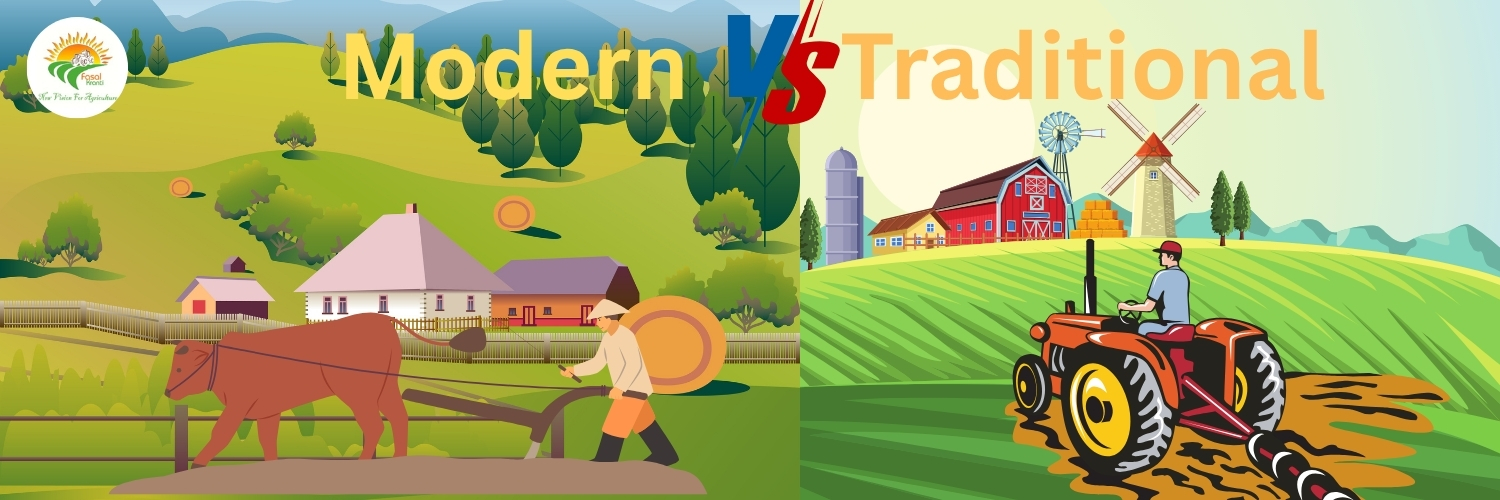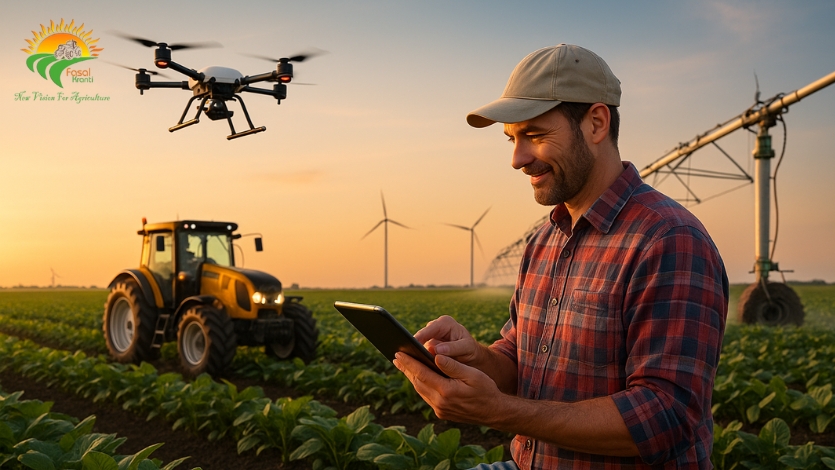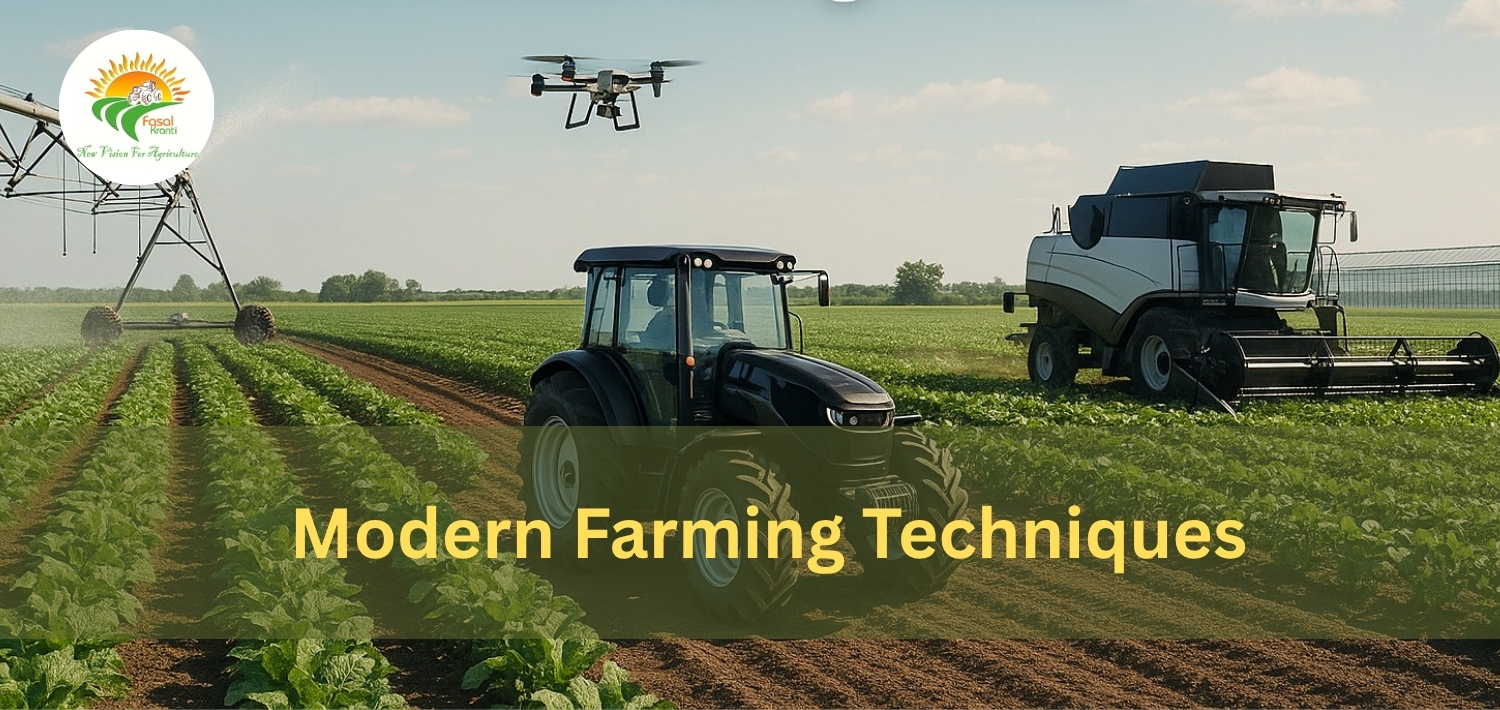What is Modern Farming vs Traditional Methods?
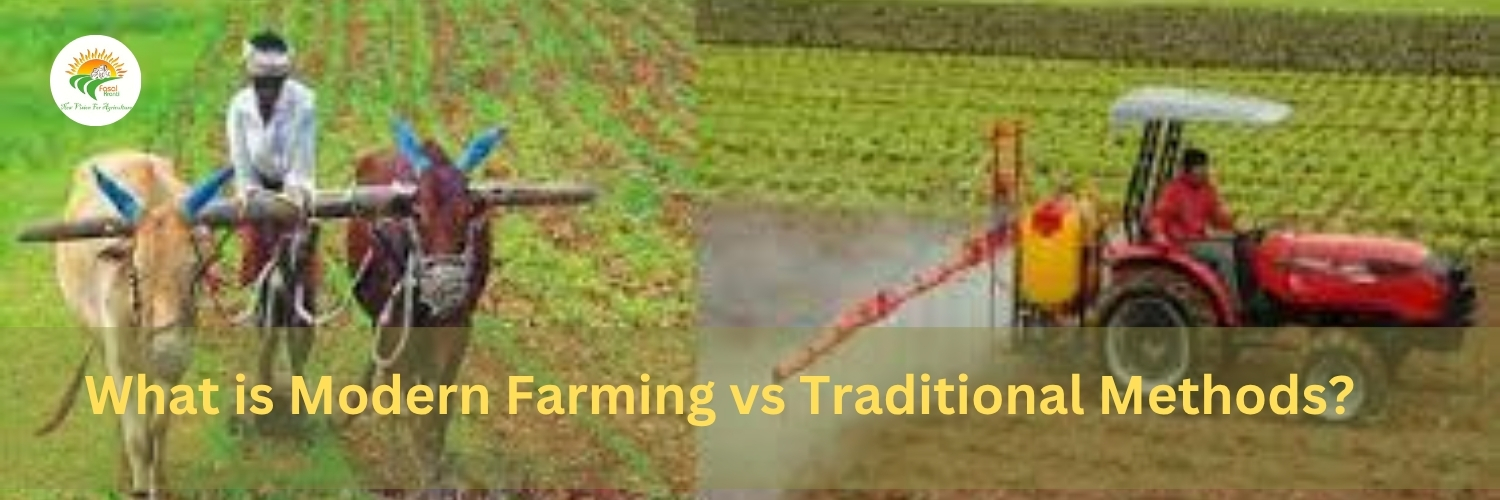
Agriculture is more than just growing food it's a deep-rooted part of our culture, economy, and daily lives. For generations, farmers have used traditional techniques passed down from their ancestors. But with rising challenges like unpredictable weather, soil degradation, and increasing population, a new wave of innovation is reshaping how we farm. This is where modern farming comes in. So, what exactly sets modern farming vs traditional methods apart? Let’s take a walk through the fields of both and explore how they impact farmers, the environment, and our future.
1. Understanding Traditional Farming: The Roots of Agriculture
Traditional farming is the age-old method of cultivation that relies heavily on manual labor, animal power, natural fertilizers, and indigenous knowledge. Farmers typically plant seasonal crops based on local climate patterns and use natural pest control methods.
Key Features of Traditional Farming:
• Hand tools or animal-drawn plows
• Organic compost or cow dung as fertilizer
• Dependence on rainfall for irrigation
• Crop rotation and mixed cropping
• Knowledge passed down orally or through experience
While traditional methods are eco-friendly and sustainable in some ways, they often lead to lower yields and unpredictable harvests, especially during harsh weather conditions.
2. What is Modern Farming? Tech Meets Tradition
Modern farming integrates advanced technology into agriculture to improve efficiency, yields, and sustainability. Farmers now use machinery, scientific techniques, and data-driven decisions to manage their land better.
Key Features of Modern Farming:
• Use of tractors, drones, and smart machines
• Precision farming using GPS and sensors
• Controlled irrigation systems like drip and sprinkler
• Synthetic fertilizers and pest management solutions
• AI, big data, and farm management apps
Modern farming doesn’t just mean more machines it means smarter decisions based on real-time information. A farmer using a mobile app to check weather forecasts or a drone to inspect crops is using modern tools to stay one step ahead.
3. Comparing Modern and Traditional Farming: A Real-World View
Modern farming and traditional farming differ significantly across several key areas. Traditional methods rely on manual labor and animal-drawn tools, while modern farming uses advanced machinery like tractors, drones, and robots. Water use in traditional farming depends on rainfall or manual irrigation, whereas modern systems employ smart irrigation to conserve water. Crop planning in traditional farming is based on experience, while modern farming uses AI and data analytics for precise decisions. Yields are generally lower in traditional methods due to limited inputs, while modern farming boosts productivity with efficient techniques. Labor requirements are higher in traditional systems, whereas automation in modern farming reduces physical effort. Environmentally, traditional farming uses fewer chemicals but needs more land, while modern farming focuses on resource efficiency and tech-driven sustainability.
4. The Human Side of Farming: Feelings, Fears, and Futures
Farmers are not just workers they are caretakers of the land, deeply connected to nature. Transitioning from traditional to modern farming often brings mixed emotions. Many older farmers feel uncertain or skeptical about new tools. They might worry, “Will I understand the technology?” or “Can I afford it?”
But stories from villages across India show that when given proper guidance and support, farmers quickly adapt and thrive. For instance, a small farmer in Madhya Pradesh who started using drip irrigation saw a 40% increase in yield and significant water savings. “I didn’t believe it at first,” he said, “but now I tell others to try it too.”
Modern farming respects traditional knowledge while offering new solutions. It’s about preserving the wisdom of the past while embracing the possibilities of the future.
5. Environmental Impact: Balancing Growth and Green
Both methods have their pros and cons. Traditional farming is often seen as more natural, but can overuse land due to lower yields. Modern farming, if not managed wisely, can lead to soil depletion and pollution.
However, with sustainable modern practices like organic inputs, precision spraying, and renewable energy-powered tools, farmers can now increase productivity without harming the environment.
6. Conclusion:
The question isn’t whether modern farming is better than traditional farming. Instead, it’s about how we can combine the best of both worlds. The experience and instinct of traditional farmers are invaluable. When paired with the precision and efficiency of modern tools, the results are powerful.
In the end, farming is about people about their hands in the soil, their eyes on the sky, and their hearts set on feeding the world. Whether using a wooden plow or a smart sensor, every farmer is part of a greater journey.
By understanding both methods and choosing wisely, we can sow the seeds of a brighter, more sustainable future for agriculture.
1. What are the main differences between modern and traditional farming?
Answer: Traditional farming relies on manual labor, natural fertilizers, and seasonal knowledge, while modern farming uses machines, data, and smart technologies like GPS, AI, and drones for better precision and productivity.
2. Is modern farming suitable for small and marginal farmers?
Answer: Yes, modern farming can be adapted for small farms using affordable tools like drip irrigation, mobile apps, and low-cost soil sensors. Many schemes and subsidies help farmers adopt these technologies step by step.
3. What are the benefits of combining traditional and modern farming methods?
Answer: Blending both methods allows farmers to preserve soil health and use local knowledge while improving efficiency with technology. It’s a balanced approach to farming smarter and sustainably.
4. Does modern farming increase crop yield and reduce input costs?
Answer: Yes, modern farming improves yields by optimizing water, fertilizer, and pesticide use. With real-time data, farmers can reduce waste, save money, and grow healthier crops.
5. What are the environmental impacts of traditional vs modern farming?
Answer: Traditional farming uses fewer chemicals but may require more land. Modern farming can reduce land use and pollution when done sustainably, using eco-friendly practices and precision techniques.
6. Where can farmers learn about modern farming practices?
Answer: Farmers can visit Krishi Vigyan Kendras (KVKs), attend training from agri-departments, or join local WhatsApp groups. Many mobile apps and government portals also offer tutorials in regional languages.
Note: IndiBlogHub features both user-submitted and editorial content. We do not verify third-party contributions. Read our Disclaimer and Privacy Policyfor details.

